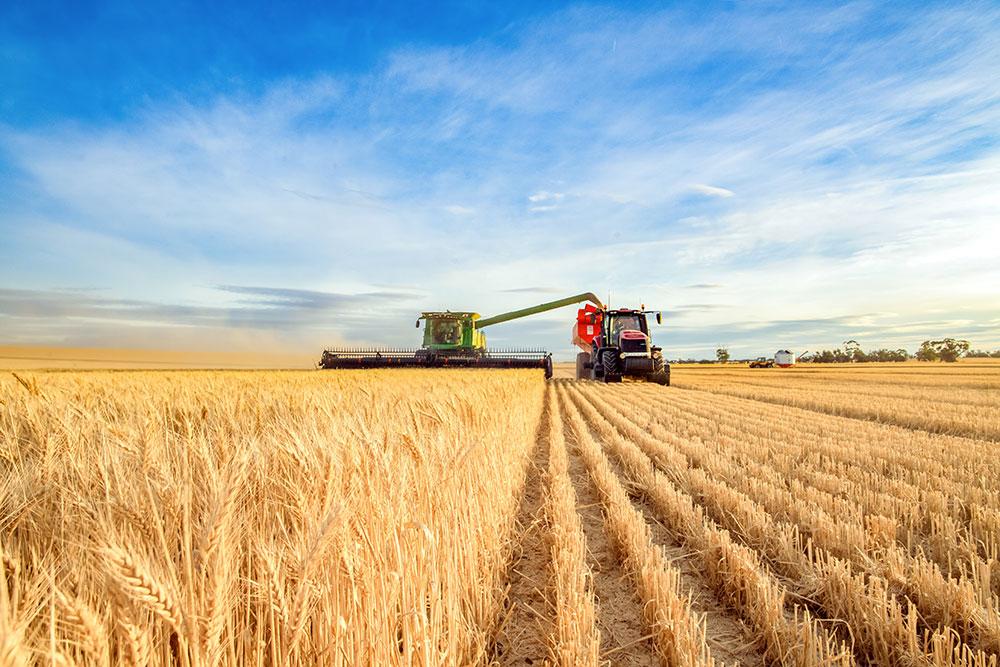Australia’s agricultural exports are set to hit a record $65 billion in value in 2022-23 as total production tops $80 billion for a second straight year.
Executive Director of ABARES Dr Jared Greenville said the sector would weather input and supply chain challenges to produce $80.4 billion in commodities on the back of favourable conditions and high global prices.
“Record crop exports are forecast to be worth $39.8 billion in 2022-23, as Australian farmers are on track for another exceptional season,” Dr Greenville said.
“Exceptionally high grain prices are expected due to poor seasons for major producers overseas and the unfortunate side-effects of Russia’s invasion of Ukraine on world grain markets.
“Soaring fertiliser costs and access to farm labour and imported machinery will continue to challenge many Australian farm businesses, but Australia has shown throughout the pandemic that we are a reliable and resilient food producer and exporter.
“While ongoing disruptions to global supply chains are expected to continue to challenge exporters, exports are not expected to be meaningfully restricted.
“The 12 months to March saw a combined monthly average of 3 million tonnes of wheat, barley and canola shipped abroad to equal records set following the then-record 2016–17 harvest.
“We are expecting our forestry and fishing sectors also to perform well, with the total value of the agriculture, fisheries and forestry sectors forecast to be $86.2 billion.
“This is just below the record for 2021-22.
“While Australian producers have been able to benefit from favourable growing conditions over the past few years, longer term risks exist in the form of trade restrictions imposed by many countries in response to rising food prices.
“Trade restrictions increase global price volatility and reduce the confidence countries place in buying food from global markets. Reduced confidence in international markets is a concern for Australian producers as they are central to both global food security and the long-term prosperity of Australian agriculture.”
Read the Agricultural Commodities Report.



